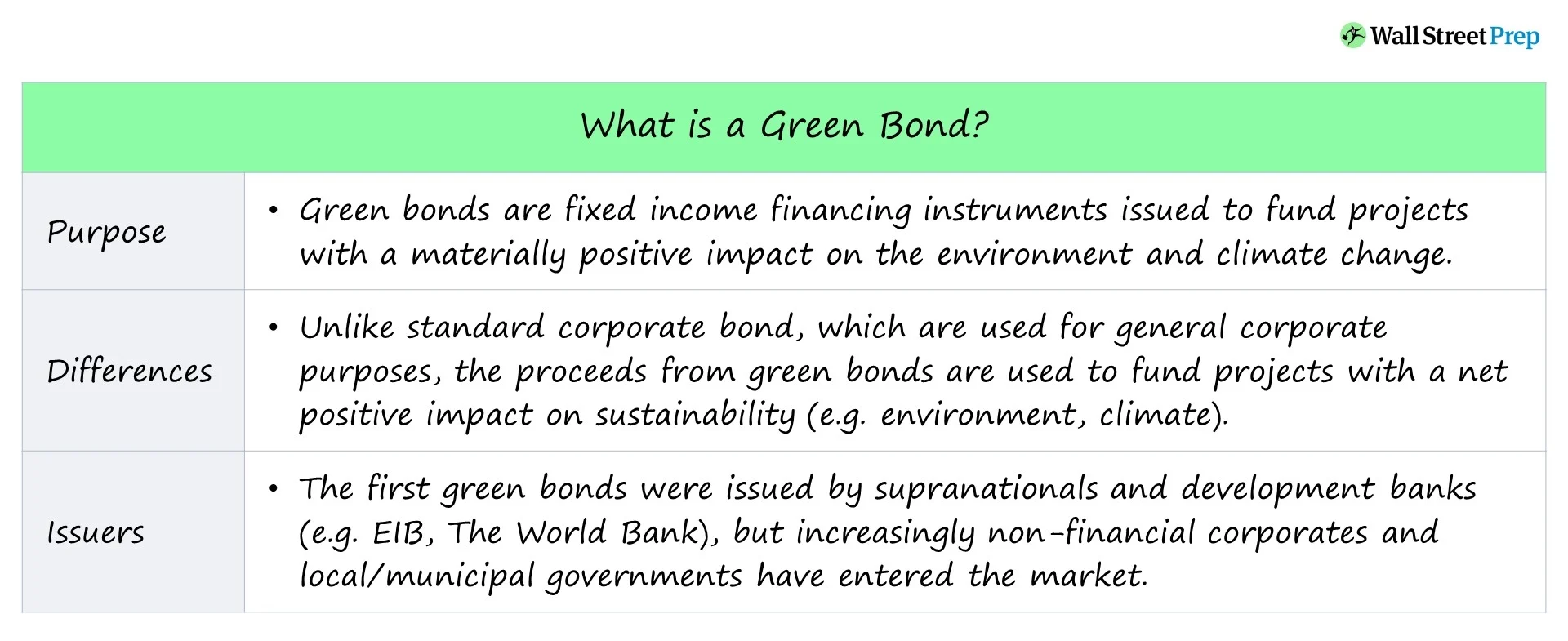Why Blue Finance Is the Future of ESG Investing ?
#ocean sustainability finance #biodiversity investment strategies
Over the past decade, Environmental, Social, and Governance (ESG) investing or nature-positive investing has become a cornerstone of sustainable finance, with green finance—primarily targeting carbon reduction and renewable energy—taking center stage. However, the escalating twin crises of climate change and biodiversity loss have revealed a critical gap: ecosystems are degrading faster than they are being restored. In response, the spotlight is shifting toward nature-based finance, particularly blue finance i.e., Sustainable-ocean economy which targets the sustainable use and restoration of ocean and freshwater ecosystems.
This article examines why nature-based finance is emerging as the next frontier in ESG investing, explores the rise of blue finance, and outlines how investors can integrate nature-positive strategies into their portfolios to mitigate risk and unlock new value.
The Rise of Nature-Based Finance
Nature-based finance refers to investments that leverage the power of ecosystems—forests, wetlands, oceans, and soils—to generate both environmental and financial returns. While traditional green finance has emphasized emissions reductions and clean energy, nature-based solutions (NbS) offer a more holistic approach to planetary health.
Core elements of nature-based finance include:
- Forest conservation and reforestation
- Wetland and watershed restoration
- Sustainable land and agricultural use
- Coastal and marine ecosystem protection (i.e., blue finance)
According to the World Economic Forum, over $44 trillion of global economic value—more than half of GDP—is moderately or highly dependent on nature (WEF, 2020). The degradation of these natural assets represents not only an environmental crisis but also a systemic financial risk.
Blue Finance: The Ocean Economy’s Untapped Potential
A critical and often overlooked subset of nature-based finance is blue finance, which focuses on preserving and sustainably managing ocean and freshwater ecosystems. The ocean economy contributes $2.5 trillion annually, yet it is under severe threat from pollution, climate change, and overexploitation (OECD, 2016).
Key domains of blue finance include:
- Sustainable Fisheries & Aquaculture
Investments in traceable, low-impact fishing practices and alternative proteins (e.g., plant-based or cultivated seafood). - Marine Protected Areas (MPAs)
Financial instruments that support conservation zones with ecological and economic co-benefits. - Blue Carbon Projects
Restoration of coastal ecosystems like mangroves, seagrasses, and salt marshes, which sequester carbon at up to four times the rate of terrestrial forests. - Plastic Waste Reduction
Circular economy innovations that address the estimated 11 million metric tons of plastic entering the ocean annually.
Pioneering instruments such as blue bonds—issued by countries like Seychelles and Fiji with support from the World Bank—demonstrate that conservation financing can align with market-rate returns while delivering measurable environmental impact (World Bank, 2022).
The Financial Rationale for Nature-Based Investing
Far from being a philanthropic exercise, nature-based finance is fast becoming a strategic investment imperative. The launch of the Taskforce on Nature-related Financial Disclosures (TNFD) in 2023 reflects growing recognition that nature loss poses material risks to business continuity, asset values, and supply chains.
Financial motivations include:
- Risk Mitigation
Sectors heavily reliant on natural inputs—such as agriculture, consumer goods, and tourism—face mounting physical and transition risks from ecosystem collapse. - Regulatory Pressure
Frameworks like the EU’s Corporate Sustainability Reporting Directive (CSRD) mandate biodiversity disclosures, requiring companies to quantify and manage nature-related impacts. - Revenue Generation
Blue carbon credits, biodiversity offsets, and eco-tourism ventures are creating new income streams tied to ecological stewardship.
A joint report by Credit Suisse and McKinsey estimates that nature-based solutions could attract up to $2 trillion in annual investment flows by 2030 (Credit Suisse, 2021)—a compelling market opportunity.
Barriers to Scaling and Strategic Solutions
Despite the promise, nature-based finance faces structural challenges:
| Challenge | Implication | Suggested Solution |
| Lack of Standardized Metrics | Biodiversity and ecosystem services are harder to measure than carbon, complicating due diligence. | Develop science-based taxonomies and invest in geospatial/ecological data platforms. |
| Limited Liquidity | Many projects are long-term and geographically constrained, limiting traditional capital flows. | Use blended finance models to de-risk private investment and improve scalability. |
| Greenwashing Risks | In the absence of verification, claims of “nature-positive” may lack credibility. | Require third-party verification and outcome-based metrics aligned with TNFD. |
Institutional investors, sovereign wealth funds, and multilateral agencies have a pivotal role to play in setting standards and mainstreaming nature in portfolio construction.
Conclusion: From Green to Blue—A Strategic Shift for Sustainable Value
As ESG frameworks evolve, nature-based finance is no longer a niche concept—it is the logical and necessary evolution of sustainable investing. Blue finance, in particular, offers an unprecedented opportunity to align environmental integrity with economic resilience.
Investors who proactively embed nature-positive principles into their capital allocation decisions are not only reducing risk—they are positioning themselves at the forefront of the next wave of ESG innovation.
The transition from green to blue is not a detour from climate strategy; it is an expansion of it—anchored in science, driven by economics, and critical for the survival of both planet and portfolio.
References
- World Economic Forum (WEF). (2020). Nature Risk Rising: Why the Crisis Engulfing Nature Matters for Business and the Economy.
- OECD. (2016). The Ocean Economy in 2030.
- World Bank. (2022). Blue Bonds: Financing Sustainability in the Ocean Economy.
- Taskforce on Nature-related Financial Disclosures (TNFD). (2023). Framework for Nature-Related Risk Management and Disclosure.
- Credit Suisse & McKinsey. (2021). Investing in Nature: The Next Frontier in ESG.





